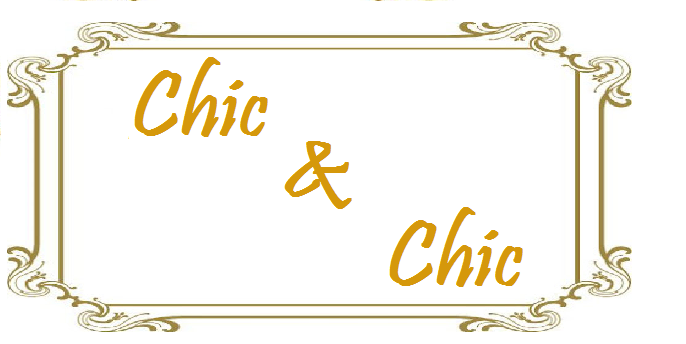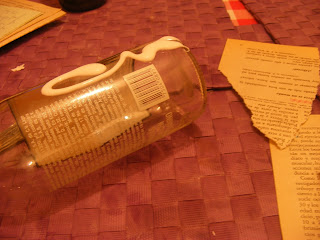Desde hace tiempo que quería un suéter negro bastante básico, pero lo cierto es que un negro tan sólido es un poco aburrido. Yo estuve mirando en las tiendas online de Asos, Topshop, Mango.. etc, hasta que sí con un suéter que me gustó mucho. Primero porque en el verano había comprado 3 metros de tela de punto. Negra con rayas levemente metálicas muy lindo. Había pensado hacerme una especie de capa, capucha incluida, pero el material es un poco delgado así que no cumpliría con su rol de "tapar".
En fin, la cosa es que en cuanto vi ese suéter supe que haría con toda esa tela. Un suéter básico, cuello redondo, ni muy largo ni muy corto, un suéter para usar en toda ocasión.
Y como me queda tanta tela aún, tengo en mente hacer un sueter sin mangas peplum y un vestido de punto. Me encantan los vestidos de lana, son abrigados y quedan muy bien. Ya comencé a cortar la tela, ayer estuve hasta las 12 am midiendo y cortando, tengo las piezas listas, hoy ya corte algunos bies para las costuras, para que no se deshilachen, ya que no tengo overlock para dicha tarea.
For some time I wanted a black sweater pretty basic, but the truth is that as solid black is a bit boring. I was looking at the online stores Asos, Topshop, Mango .. etc, until the other with a sweater that I really liked. First, because in the summer had bought three meters of knitted fabric. Slightly metallic black stripes, very cute. He had thought me a cloak, hood included, but the material is a bit thin so it would not meet its role of "cover".
Well, the thing is that when I saw this sweater I knew I would do with all that fabric. A basic sweater, round neck, neither too long nor too short, a sweater to wear at all times.
And yet I have so much fabric I have in mind to do a peplum sleeveless sweater and a knitted dress. I love wool dresses are warm and look great. We started to cut the fabric, yesterday I was at 12 am measuring and cutting, I have the parts ready, today to cut some bias seams to prevent fraying, since I have no overlock for the task.
Por cierto no había mencionado que llevo 3 meses haciendo una dieta que mantiene estable la curva de insulina he bajado 5 kilos, además estoy haciendo crossfit, un poco de yoga y parti con danza árabe otra vez .... pronto les contaré de eso :)
By the way that I had not mentioned three months on a diet that keeps insulin stable curve I lost 5 kilos, and am doing crossfit, some yoga and par with Arabic dance again .... I'll tell you about it soon :)






































